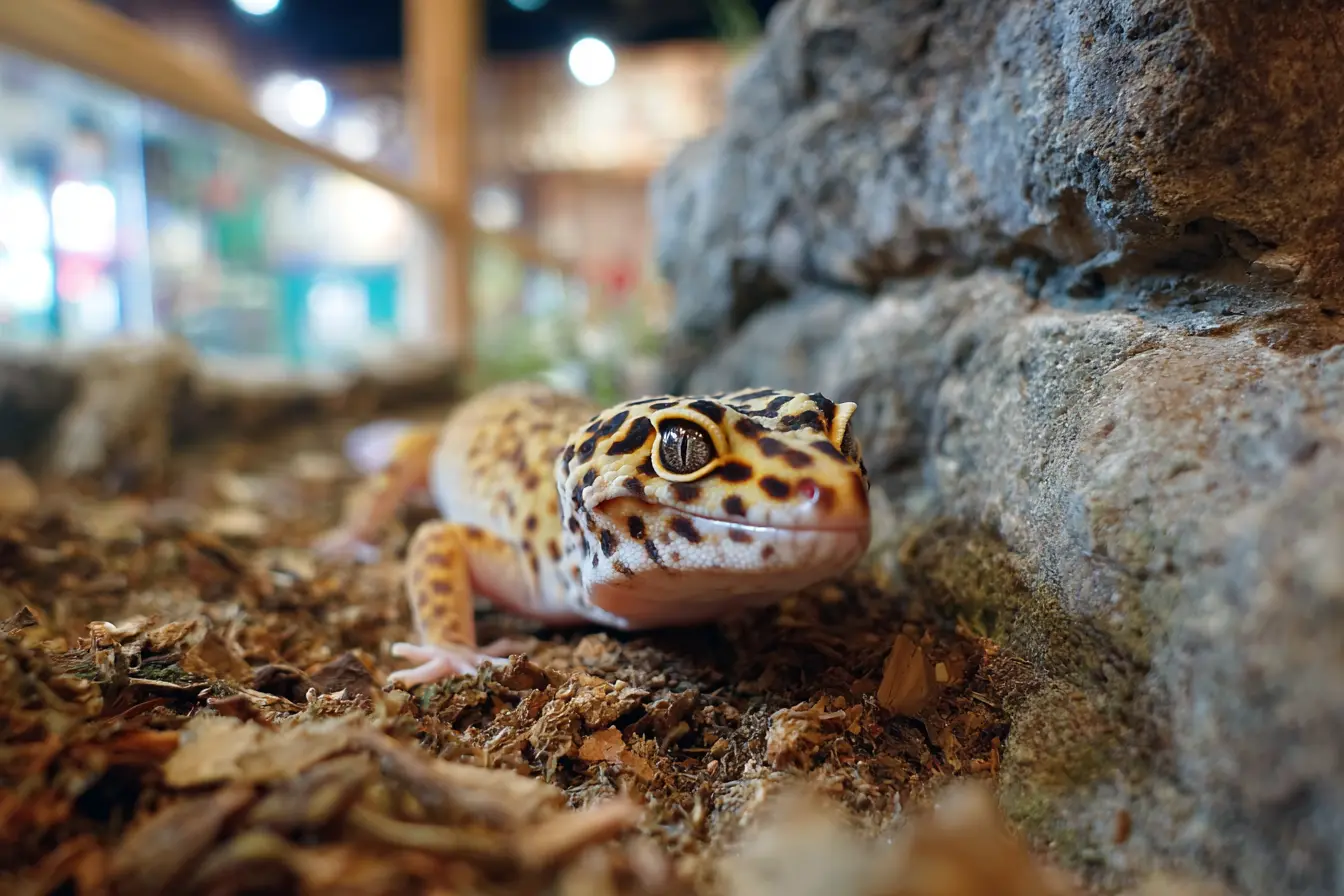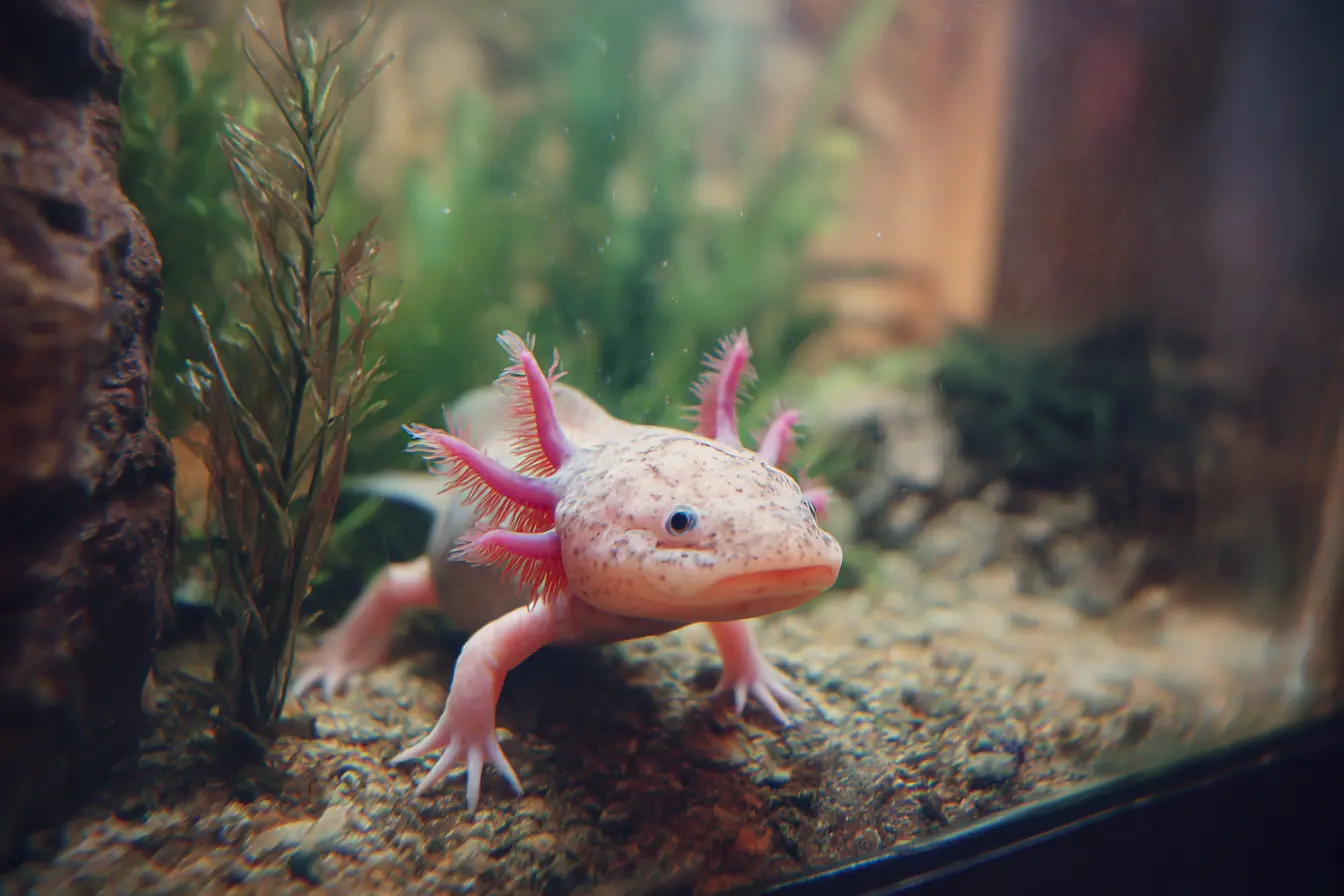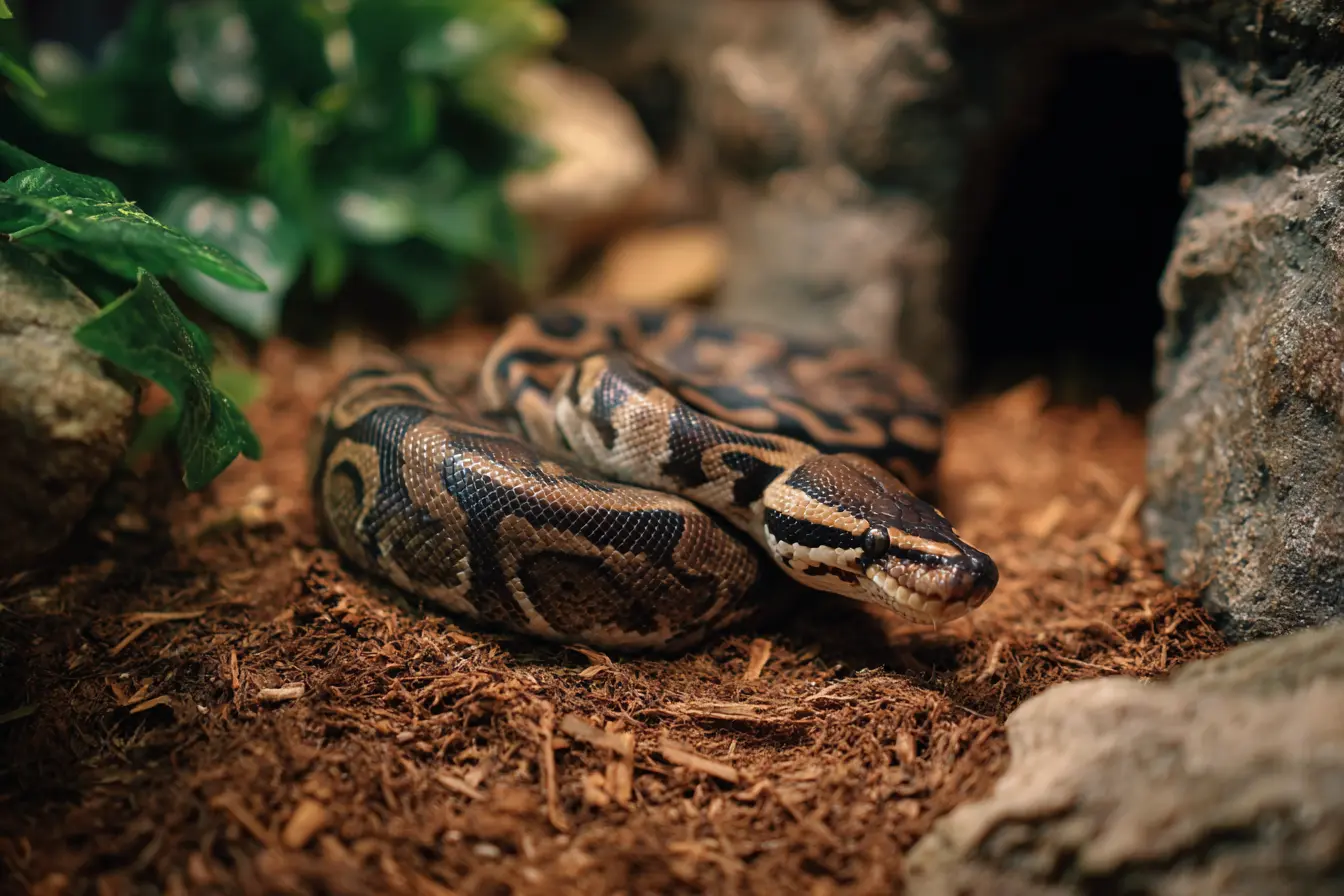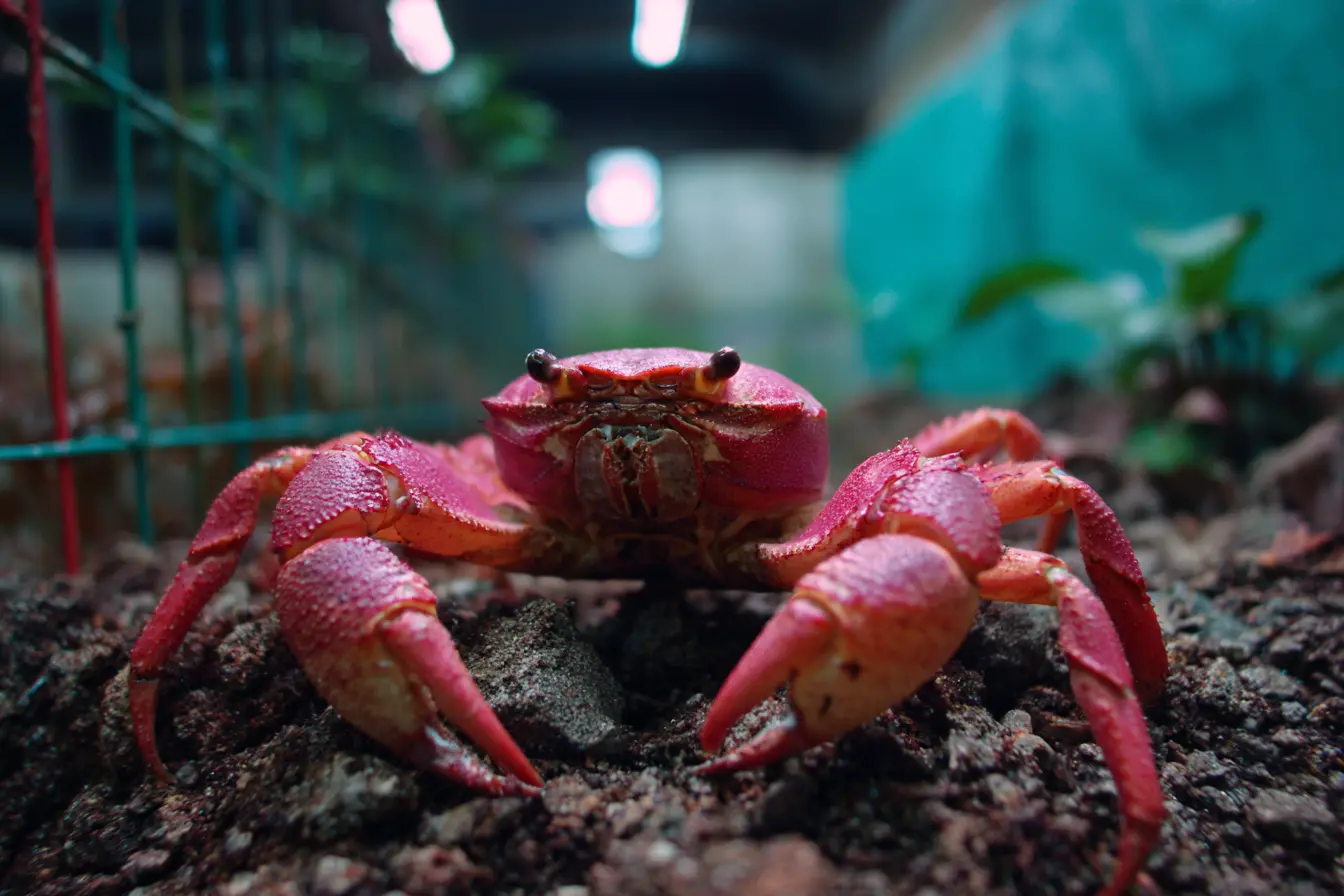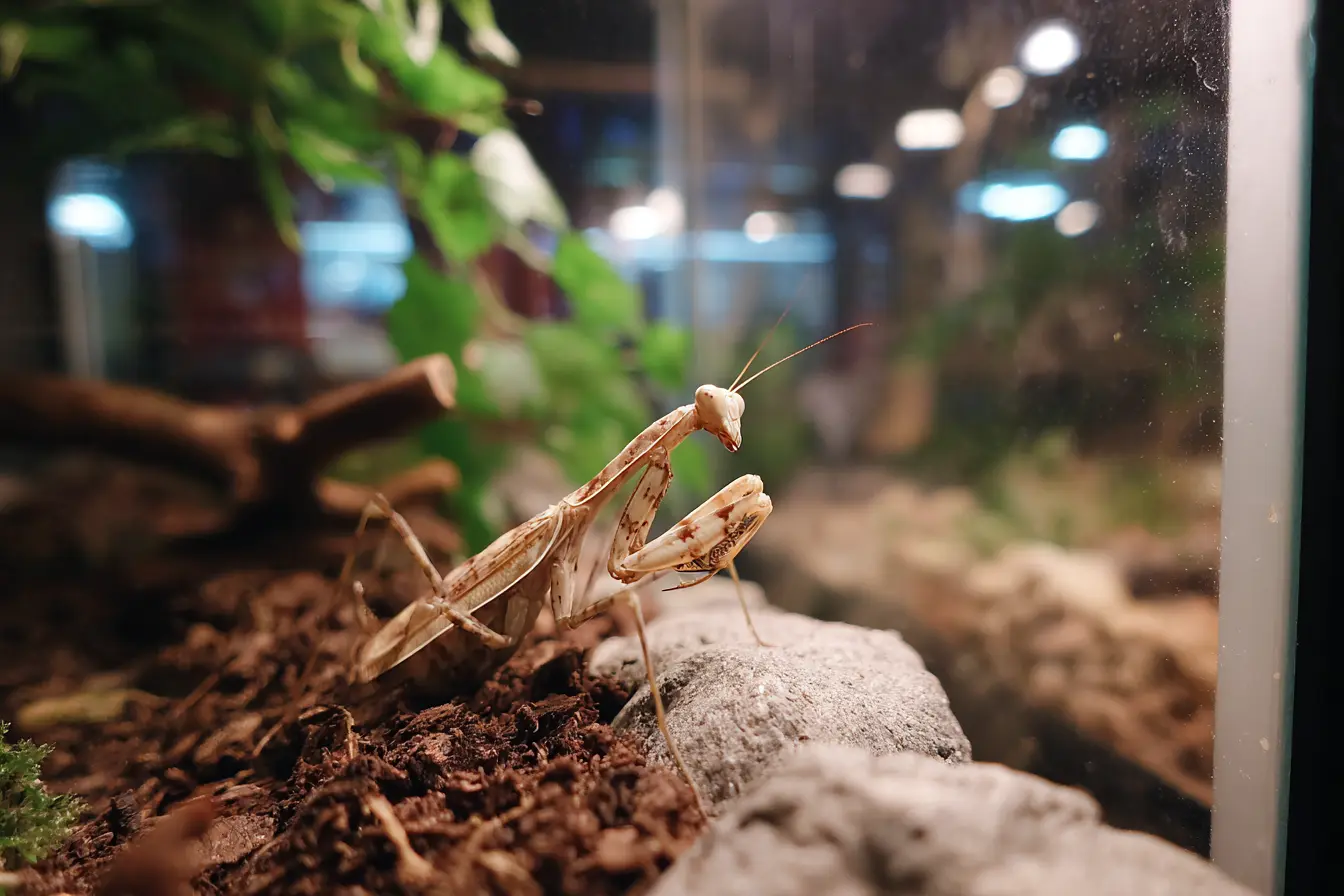
The Complete Guide to Keeping Carolina Mantises as Pets
The Carolina mantis (Stagmomantis carolina) is a popular and charismatic species of praying mantis kept as a pet. Native to the United States and parts of Mexico, the Carolina mantis has also been introduced elsewhere. It is admired for its manageable size, adaptability, and interesting hunting behaviour.
This guide covers everything you need to know about keeping, feeding, and breeding the Carolina mantis to ensure it thrives in captivity.
Why Keep a Carolina Mantis?
Keeping a Carolina mantis can be a fascinating and rewarding experience for insect enthusiasts.
- They require minimal space and maintenance.
- Their hunting strategies and feeding habits are captivating to observe.
- They are relatively hardy and tolerant of a range of conditions.
- They are silent, odourless, and suitable for small homes or flats.
- Their lifespan of up to a year makes them an accessible short-term commitment.
- They are relatively easy to breed in captivity.
Choosing and Acquiring a Carolina Mantis
Carolina mantises can be obtained from specialist insect breeders, exotic pet shops, or online suppliers.
When selecting a mantis:
- Choose an active individual with bright, alert eyes.
- Avoid individuals that are sluggish, have missing limbs, or show signs of deformities.
- Nymphs are often easier to raise and can adapt better to captive conditions.
Housing and Enclosure Setup
Providing the right environment is crucial for the health and wellbeing of a Carolina mantis.
Enclosure Type
- A plastic terrarium, mesh cage, or glass tank is suitable.
- Good ventilation is essential to prevent respiratory issues and mould growth.
Enclosure Size
- The enclosure should be at least three times the height of the mantis and twice its width.
- For an adult Carolina mantis, a height of at least 20 centimetres and a width of around 15 centimetres is recommended.
Substrate
- Coconut fibre, paper towels, or sphagnum moss work well.
- The substrate should help maintain humidity while remaining clean and dry.
Climbing and Perching Areas
- Mantises need vertical sticks, twigs, or mesh to climb and moult properly.
- Artificial plants or cork bark can offer additional hiding and perching spaces.
Temperature and Humidity
- Maintain a daytime temperature between 22°C and 28°C.
- Night-time temperatures can drop slightly but should remain above 18°C.
- Humidity should be kept between 50% and 70%.
- Mist the enclosure lightly every day or every other day to maintain proper humidity.
Lighting
- Natural daylight is sufficient, but a low-wattage LED can be used if necessary.
- Avoid direct sunlight on the enclosure, as it can quickly cause overheating.
Feeding and Nutrition
Carolina mantises are strict carnivores and require a diet of live insects.
Suitable Prey
- Fruit flies and pinhead crickets for young nymphs.
- Houseflies, blue bottle flies, and moths for juveniles.
- Larger crickets, locusts, roaches, and butterflies for adults.
Feeding Frequency
- Nymphs should be fed daily or every other day.
- Juveniles should be fed every two to three days.
- Adults can be fed two or three times per week.
Feeding Tips
- Only offer live prey, as mantises detect movement to identify food.
- Prey should be appropriately sized, roughly half the mantis’s body length or smaller.
- Remove any uneaten prey after 24 hours to prevent stress or injury.
- Gut-load feeder insects to enhance nutritional value.
Water and Hydration
- Mantises do not drink from bowls.
- Provide hydration by misting the enclosure so they can drink from droplets on surfaces.
Handling a Carolina Mantis
Carolina mantises can be handled, but gently and sparingly.
- Allow the mantis to climb onto your hand voluntarily.
- Handle carefully, especially after moulting when their exoskeleton is soft.
- Limit handling time to avoid causing stress.
Moulting and Growth
Carolina mantises undergo several moults before reaching adulthood.
Moulting Stages
- Mantises moult approximately six to nine times during their development.
- Each stage between moults is called an instar.
Signs of an Upcoming Moult
- Decreased appetite or refusal to eat.
- Hanging upside down more frequently.
- A swollen, dull appearance.
After Moulting
- Do not disturb the mantis during or immediately after a moult.
- Maintain adequate humidity to assist with successful moulting.
- Wait 24 hours after moulting before offering food.
Breeding Carolina Mantises
Breeding Carolina mantises is achievable for keepers with some experience.
Mating Process
- Introduce the male to the female in a spacious, well-decorated enclosure.
- Feed the female heavily before introducing the male to reduce the risk of cannibalism.
- Supervise the pairing closely and be prepared to intervene if aggression occurs.
Egg-Laying
- After successful mating, the female will produce an ootheca (egg case) within a few weeks.
- The ootheca can be left in the enclosure or moved to a separate container.
- Incubate the ootheca at 22°C to 26°C with moderate humidity.
- Hatching occurs after four to eight weeks, depending on conditions.
Hatchling Care
- Newly hatched nymphs are very small and require fruit flies or springtails.
- Provide plenty of space or separate enclosures to minimise cannibalism.
Common Health Issues
Dehydration
- Signs include wrinkled body and sluggishness.
- Mist the enclosure more frequently to correct humidity levels.
Failed Moulting
- Often caused by low humidity or lack of vertical surfaces.
- Ensure good humidity and climbing areas in the enclosure.
Malnutrition
- Mantises fed only one type of prey may develop nutritional deficiencies.
- Offer a varied diet of different feeder insects.
Injury or Limb Loss
- Can occur due to rough handling, falls, or moulting complications.
- Young mantises can regenerate lost limbs over several moults.
Ethical Considerations
- Mantises should be kept in conditions that allow them to express natural behaviours.
- Never release captive-bred mantises into the wild unless it is legal and ecologically safe.
Legal Considerations in the UK
- Carolina mantises are legal to own and breed in the UK.
- No special permits are required, but be mindful of responsible pet ownership practices.
- Ensure imported specimens comply with wildlife import regulations.
Final Thoughts
The Carolina mantis is an excellent pet for beginners and experienced insect keepers alike. With proper care, a suitable environment, and a varied diet, you can enjoy observing the captivating behaviours and natural beauty of this remarkable species throughout its life.
Contents
Tags
Vets near you
Speciality vets
- Aquatics vet specialists
- Birds vet specialists
- Camelids vet specialists
- Cats vet specialists
- Cattle vet specialists
- Deer vet specialists
- Dogs vet specialists
- Equines vet specialists
- Exotic vet specialists
- Goats vet specialists
- Pigs vet specialists
- Poultry vet specialists
- Sheep vet specialists
- Small Mammals vet specialists
- Wild vet specialists
